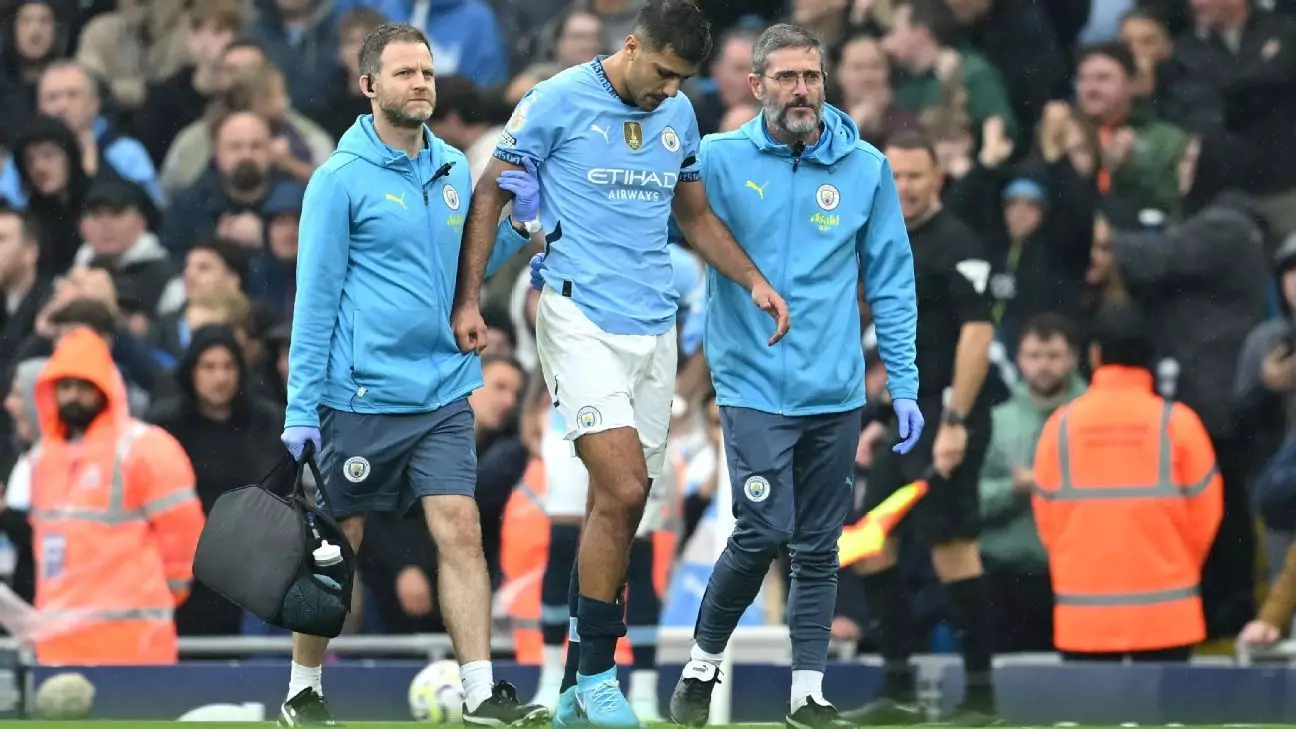The debate surrounding the number of games top footballers play and the potential for strike action is a multifaceted issue that extends far beyond a simple “us vs. them” framework. In reality, this issue involves a web of competing interests where multiple stakeholders—players, clubs, leagues, and governing bodies—navigate their agendas. By dissecting these dynamics, it becomes evident that while the situation is stressful and demanding for players, it also presents an opportunity for constructive dialogue and potential solutions.
The Mosaic of Interests in Football
To label this as purely a conflict between players and owners ignores the nuances involved. Within the realm of elite football, diverse interests come into play. While some players may express dissatisfaction over fixture congestion, others, especially those who see less action, are eager for additional games to showcase their talent and solidify their careers. For instance, while superstars like Erling Haaland may understandably voice concerns about fatigue from playing too many matches, other players at elite clubs may welcome the opportunity to be on the pitch more frequently.
This divergence in perspective is crucial. As clubs across various tiers look to maximize their revenues, the desire for more game time becomes a systemic part of their business strategy. The financial landscape of football is such that matches translate directly to income, making “more games” essentially synonymous with “more revenue.” This creates an environment where the push for more fixtures is well-rooted in economic necessity, complicating any straightforward attempts at resolving these grievances.
The Role of Player Unions
Amidst this tapestry of competing interests, player unions serve as essential advocates for the athletes, underscoring the need for a balance between overwork and underutilization. However, their advocacy is constrained by the unique structure of football governance in Europe, which lacks a comprehensive collective bargaining agreement as seen in other sports, such as American football or basketball.
In their endeavors, unions highlight player welfare, spotlighting both “overload” and “underload” scenarios. They push for conversations about fixture schedules—but rather than attacking domestic leagues, their focus often falls on new UEFA and FIFA initiatives, such as the expanded Champions League. By concentrating their efforts here, unions can still appeal to the leagues’ overarching interests and avoid coming off as the villain in this ongoing saga.
One of the key components in this scenario is the delicate balance of power held by elite players. With a very small percentage (the 0.01% of elite athletes) driving substantial commercial value for their clubs, these players possess significant leverage. This power dynamic complicates the narrative further; while they have the potential to influence discussions about fixtures and welfare, they often find themselves caught between a rock and a hard place—balancing personal wellness against lucrative contracts and public expectations.
The reality is that while clubs crave game time, players face physical and mental strain. The larger issue is that organizations, including FIFA and UEFA, need to manage their obligations to both the elite clubs and smaller federations worldwide, balancing financial interests against the well-being of players. These governing bodies are not altruistic entities; their motives are driven by preserving their positions of power and satisfying their constituents—clubs and federations alike.
Finding a way forward is paramount in this situation. Discussions surrounding remuneration become central to the narrative, as financial pressures are driving clubs to schedule more matches. Balanced against player welfare, alternative approaches must be considered. Ideas such as implementing mandatory breaks or considering fixtures on a minute-by-minute basis could offer pathways toward healthier workloads for players.
What if, instead of drastically cutting games, there was a restructuring of contracts that included stipulations for reduced playing time in exchange for reduced wages? This could lead to a situation where high-profile stars focus on high-impact matches while preserving their health. The idea has merit, as clubs could afford to maintain their star players without the unnecessary strain of an excessive workload.
Additionally, technology and analytics could play a role in determining optimal playing time for athletes. A sophisticated approach might assess player health metrics and game performance data to strategically manage their appearances, allowing for both competitiveness and player wellness.
Ultimately, any successful resolution to this dilemma will necessitate cooperation among all stakeholders. Players must recognize that they have the agency to advocate for themselves, while clubs and governing bodies must be willing to engage in meaningful dialogue. Life in football is not black and white; stakeholders must navigate this gray area with pragmatism and goodwill.
This current wave of discussions presents an opportunity for the footballing community to reshape the dialogue around fixture overload and player welfare while also addressing financial incentives and tensions surrounding competition. By seeking solutions that respect the needs of athletes while respecting the economic realities of football, it may be possible to achieve a more sustainable and fair arrangement for all involved. In the end, the well-being of players should be at the heart of the game, ensuring the sport can thrive for generations to come.

